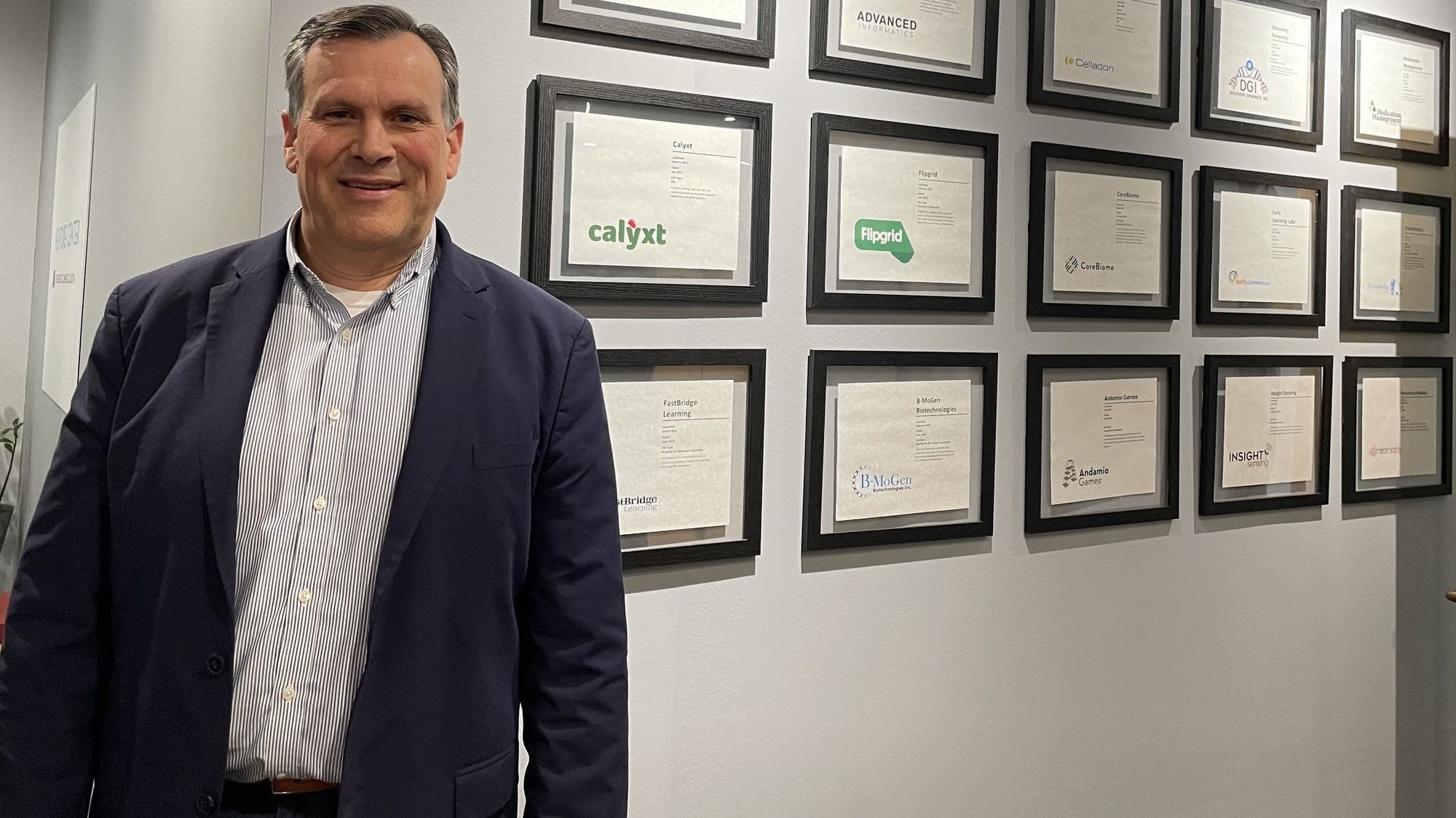Summary:
Understand VC math to know your investors and their incentives.
VC funds are sourced from Limited Partners (LPs) and managed by General Partners (GPs).
GPs earn through management fees and carry on profits.
Key metrics like IRR, DPI, and TVPI determine a VC's success.
Only a small percentage of startups yield significant returns due to the power law.
Why should you care about VC math as a startup founder? It’s crucial to understand who you’re getting into business with and their incentives, which explain much of their actions. Let’s dive deep into the VC world!
What is a VC Fund?
Think of it as a pool of money filled with cash and ambitious dreams, sourced from Limited Partners (LPs) such as pension funds and successful entrepreneurs. They invest a small percentage of their total capital assets into venture capital.
On the flip side, we have General Partners (GPs), the venture capitalists making investment decisions and aiming to turn that cash pool into a sea of returns.
How Do GPs Make Money?
GPs earn through:
- Management Fees: Typically 2% of the fund size annually, decreasing to 1% after year 4.
- Carry: Also known as carried interest, usually 20% of the profits. For instance, if a $100 million fund grows to $500 million, GPs pocket $80 million from the profits.
The VC Scorecard
To raise new funds, GPs need to prove their worth using key metrics:
- IRR (Internal Rate of Return): Aiming for 20% or higher.
- DPI (Distributions to Paid-In Capital): A strong performance is a DPI of 3x or higher after 10 years.
- TVPI (Total Value to Paid-In Capital): A good TVPI is 3x or higher, combining realized returns and estimated current holdings.
Achieving 3x Portfolio Returns
Not every startup will return 3x. Due to the power law:
- 70-80% of investments fail or return less.
- 10-20% return 1-5x.
- 5-10% return 5-20x.
- 1-2% can return 50x or more!
VCs want startups with massive potential. They’re not interested in small businesses; they seek market dominators. TAM (Total Addressable Market) is crucial; if it’s not in the billions, VCs may pass.
Are You VC-Fundable?
Here’s a checklist:
- Huge market potential (billions).
- Scalable business model (software is preferred).
- Strong team with relevant experience.
- Clear unique advantage.
- Early traction hinting at explosive growth.
If you check these boxes, you’re speaking VC language!
The Pressure of VC Funding
Expectations are high. VCs push for fast growth and may want you to raise another round within 18-24 months, showing appreciation in value. This can lead to immense pressure and potential dilution.
Important Considerations
Before diving into VC funding, ask yourself:
- Is this the right path for my startup?
- Am I ready for the high-stakes world of VC-backed growth?
- Can my business achieve the returns VCs need?
If yes, taking VC funding could propel you to incredible heights, just ensure you’re prepared for the journey!






Comments